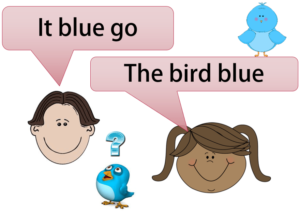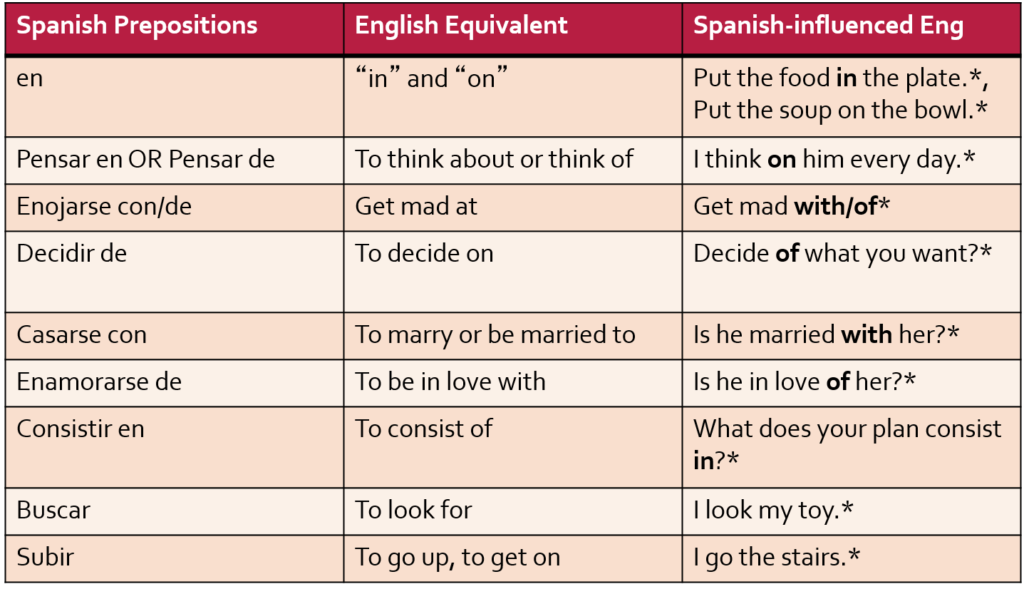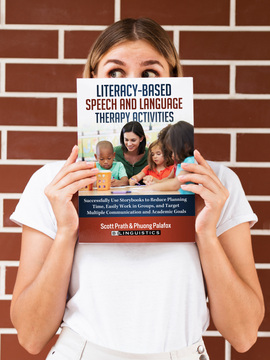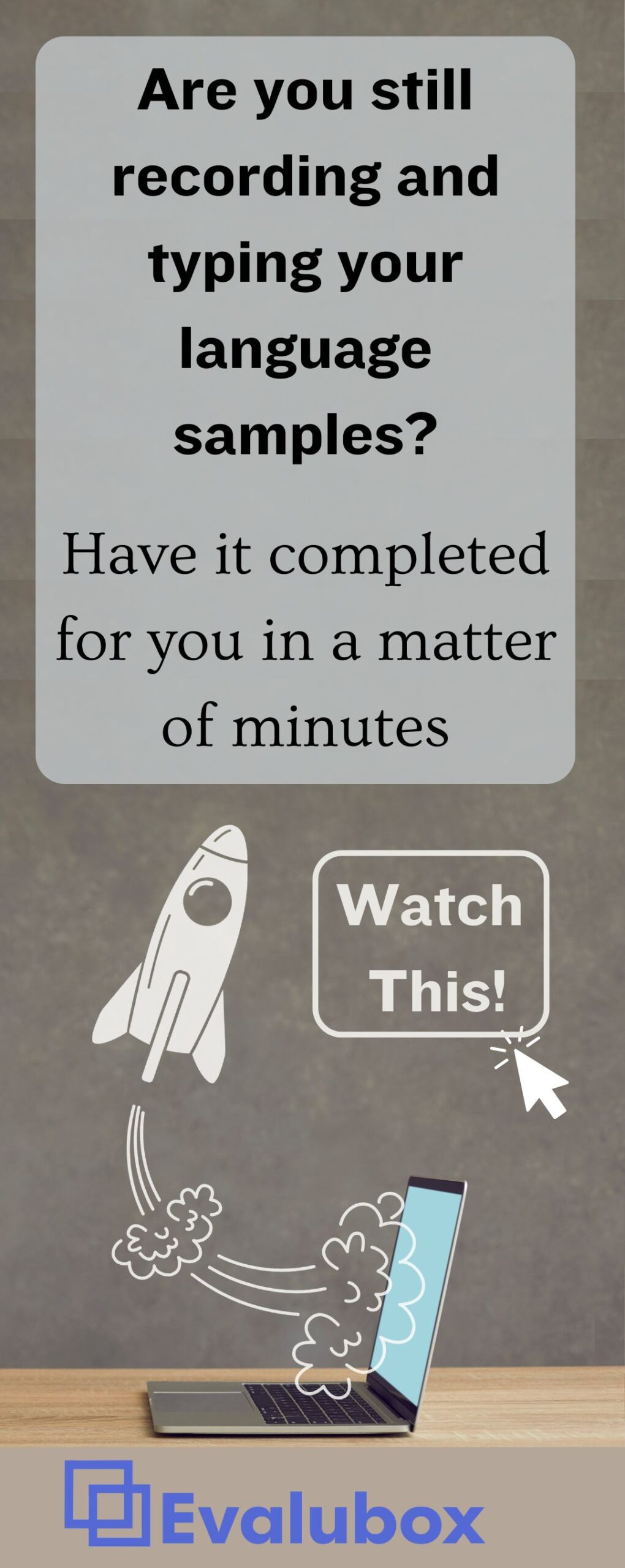With speech-language pathologists facing increased caseloads and increased diversity, it is becoming more and more critical that we are able to tell the difference between children who are making typical errors associated with learning a second language from those who have a true a language impairment. This can be a difficult decision to make. The great news is that there is a fun and easy way to get rich language information and there is a simple framework that can be used to separate language impairment from second language influence.

6 Common Linguistic Errors that Lead to Misdiagnosis for Language Therapy
Let’s use Spanish as an example and take a quick look at 6 of the most common linguistic errors that are often confused with language disorders.
Linguistic Error #1: Verb Errors
When verbs don’t conjugate the same way in both languages, we see typical errors transfer from one language to the other. As an example, Spanish-speakers learning English often drop the -ed when speaking in the past tense.
Linguistic Error #2: Pronoun Errors
Some languages don’t even have pronouns. Some languages use them differently. We often see pronoun errors where the pronoun is dropped all together or the wrong gender is used.

Linguistic Error #3: Errors in Word Order
Languages organize their sentences differently and we often see the order from one language show up in the language that a child is learning. Such as with Spanish. Spanish allows the verb position to be flexible and puts the adjective after the noun. So you might hear “the dress blue.”
Linguistic Error #4: Preposition Errors
Prepositions vary across languages and across situations so hard to use them correctly. For example, in Spanish the preposition is often encoded in the verb so is omitted in English. The verb “buscar” actually means “to look for.” So we may hear “I look my shoes” because that would be the direct translation. Again, this is a difference and influence from the home language, but not a disorder.

Linguistic Error #5: Multipurpose Verbs
How we use verbs doesn’t really make sense sometimes. And this makes them difficult to learn. We say “I took a drink of water” when the truth is that we don’t actually take the water anywhere. It is common to see direct translations of phrases in these instances such as “I have 4 years” rather than “I am 4 years old.”

Linguistic Error #6: Vocabulary Errors
When we don’t know what a word is, it is most common to substitute a semantically similar word. For example, rat, or squirrel, could be substituted for chipmunk.
And as a bonus, now that we know what is typical, what not typical? Children struggling with language omit required verbs, use generic vocabulary such as “this,” “one,” “it,” or “thing,” rather than a word that is similar. They use sound effects instead of words, and produce incomplete sentences.
If you want more information on linguistic errors how to separate language difference from disorder, check out our online course:
Difference or Disorder: Language Development with Diverse Populations. It is packed with:
- Case studies
- Activities
- Resources to show us how to make accurate diagnostic decisions





